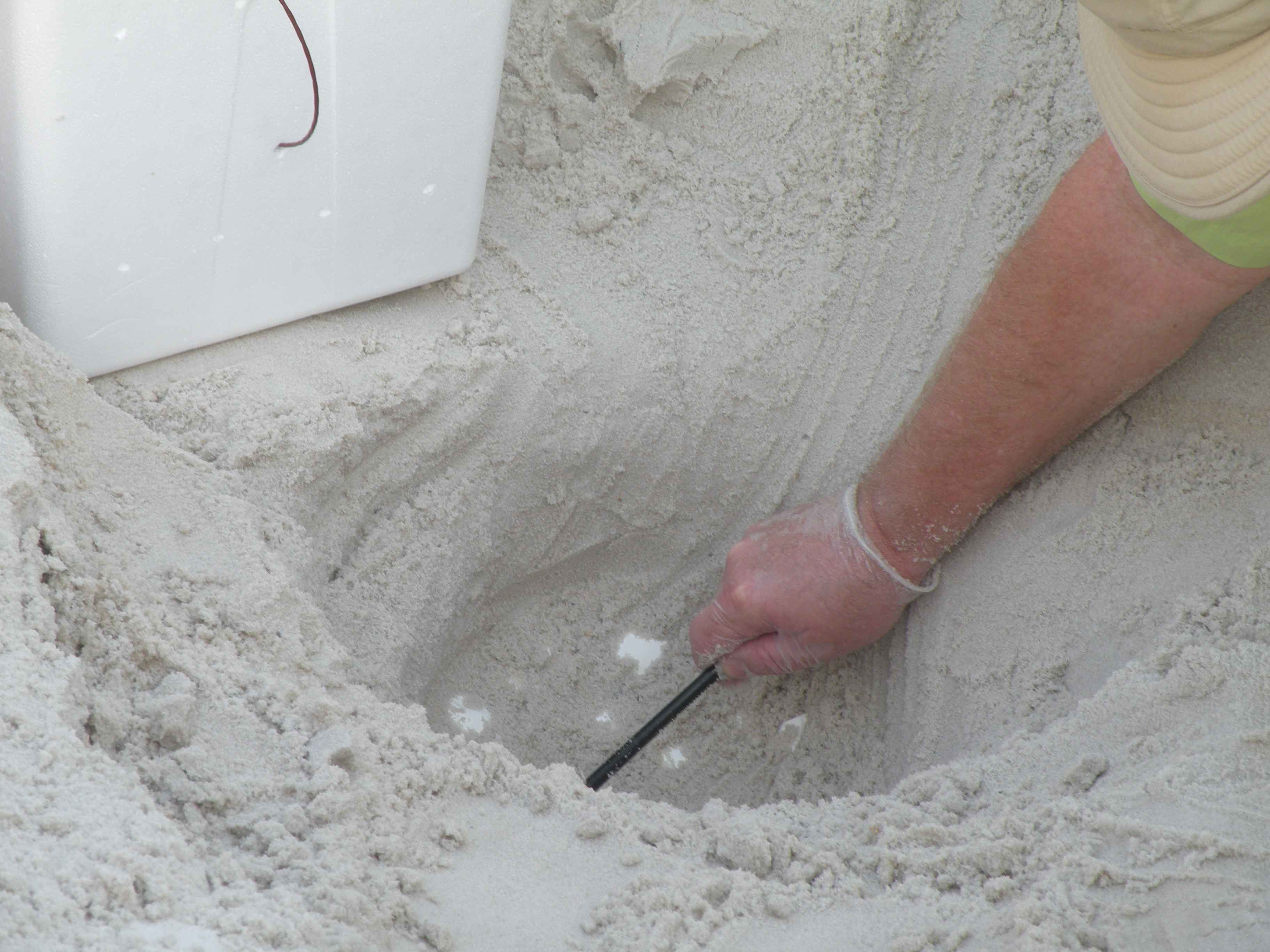 First, if the iptable and masq modules usually are not compiled into the kernel and not put in, but do exist as modules, we want to install them. Now either your Intranet is large, or you’re just trying to get two or three machines to work on the web – it doesn’t make much difference both means. In case you get an error saying cannot find iptables, go find it and iTagPro smart tracker install it. If it says no such table ‘nat’, iTagPro smart tracker recompile the kernel with nat support. If it says no such table as ‘mangle’, iTagPro smart tracker don’t fret about it, it is not vital for MASQ’ing. 2.4 and compile that with iptables help. If this offers an error, then you definitely probably haven’t got state monitoring within the kernel – go recompile. Then allow new connections solely from our intranet (native/internal community). Replace the ppp0 with eth0 or itagpro device no matter your exterior gadget is. If either of the first two rules failed, then this final rule with stop the masquerading from working in any respect. To undo this rule do “iptables -P Input Accept”.
First, if the iptable and masq modules usually are not compiled into the kernel and not put in, but do exist as modules, we want to install them. Now either your Intranet is large, or you’re just trying to get two or three machines to work on the web – it doesn’t make much difference both means. In case you get an error saying cannot find iptables, go find it and iTagPro smart tracker install it. If it says no such table ‘nat’, iTagPro smart tracker recompile the kernel with nat support. If it says no such table as ‘mangle’, iTagPro smart tracker don’t fret about it, it is not vital for MASQ’ing. 2.4 and compile that with iptables help. If this offers an error, then you definitely probably haven’t got state monitoring within the kernel – go recompile. Then allow new connections solely from our intranet (native/internal community). Replace the ppp0 with eth0 or itagpro device no matter your exterior gadget is. If either of the first two rules failed, then this final rule with stop the masquerading from working in any respect. To undo this rule do “iptables -P Input Accept”.
The outcomes obtained in laboratory tests, utilizing scintillator bars learn by silicon photomultipliers are reported. The present method is step one for designing a precision monitoring system to be placed inside a free magnetized quantity for the cost identification of low energy crossing particles. The devised system is demonstrated in a position to supply a spatial resolution higher than 2 mm. Scintillators, Photon Solid State detector, particle tracking devices. Among the many planned activities was the construction of a mild spectrometer seated in a 20-30 m3 magnetized air volume, the Air Core Magnet (ACM). The whole design must be optimised for the dedication of the momentum and iTagPro smart tracker charge of muons in the 0.5 – 5 GeV/c range (the mis-identification is required to be less than 3% at 0.5 GeV/c). 1.5 mm is required contained in the magnetized air quantity. In this paper we report the results obtained with a small array of triangular scintillator bars coupled to silicon photomultiplier (SiPM) with wavelength shifter (WLS) fibers.
 This bar profile is right here demonstrated able to offer the required spatial resolution in reconstructing the position of the crossing particle by profiting of the charge-sharing between adjoining bars readout in analog mode. SiPMs are glorious candidates in replacing commonplace photomultipliers in lots of experimental situations. Tests have been carried out with laser beam pulses and radioactive supply with a purpose to characterize the scintillator bar response and SiPM behaviour. Here we briefly current the noticed behaviour of the SiPM used in our exams relating to the primary sources of noise and the effect of temperature on its response and linearity. Several fashions and packaging have been thought-about. The principle supply of noise which limits the SiPM’s single photon decision is the “dark current” fee. It’s originated by cost carriers thermally created within the delicate quantity and present in the conduction band and therefore it will depend on the temperature. The dependence of the dark current single pixel charge as a perform of the temperature has been investigated utilizing Peltier cells so as to vary and keep the temperature controlled.
This bar profile is right here demonstrated able to offer the required spatial resolution in reconstructing the position of the crossing particle by profiting of the charge-sharing between adjoining bars readout in analog mode. SiPMs are glorious candidates in replacing commonplace photomultipliers in lots of experimental situations. Tests have been carried out with laser beam pulses and radioactive supply with a purpose to characterize the scintillator bar response and SiPM behaviour. Here we briefly current the noticed behaviour of the SiPM used in our exams relating to the primary sources of noise and the effect of temperature on its response and linearity. Several fashions and packaging have been thought-about. The principle supply of noise which limits the SiPM’s single photon decision is the “dark current” fee. It’s originated by cost carriers thermally created within the delicate quantity and present in the conduction band and therefore it will depend on the temperature. The dependence of the dark current single pixel charge as a perform of the temperature has been investigated utilizing Peltier cells so as to vary and keep the temperature controlled.
Dark present charge depends also on the Vwk as proven in Fig. 3. With the intention to have low rates of dark current the value of Vbias has been mounted at 1.5 V giving a working voltage Vwk of 29 V. It is evident that, if mandatory, iTagPro smart tracker it can be convenient to make use of a bias voltage regulator which automatically compensates for temperature variations. Not always the pixels of the SiPM work independently from one another. Photoelectrons (p.e.) can migrate from the hit pixel to another not directly fired by a photon. Optical cross-speak between pixels leads to a non-Poissonian behaviour of the distribution of fired pixels. An estimate of the optical cross speak likelihood could be obtained by the ratio double-to-single pulse rate as a function of the temperature. The probability relies upon weakly on the temperature and the measured stage of cross-speak (15-16%) is appropriate with the one reported in the datasheet. SiPM response once its basic parameters and cells configuration are given.

